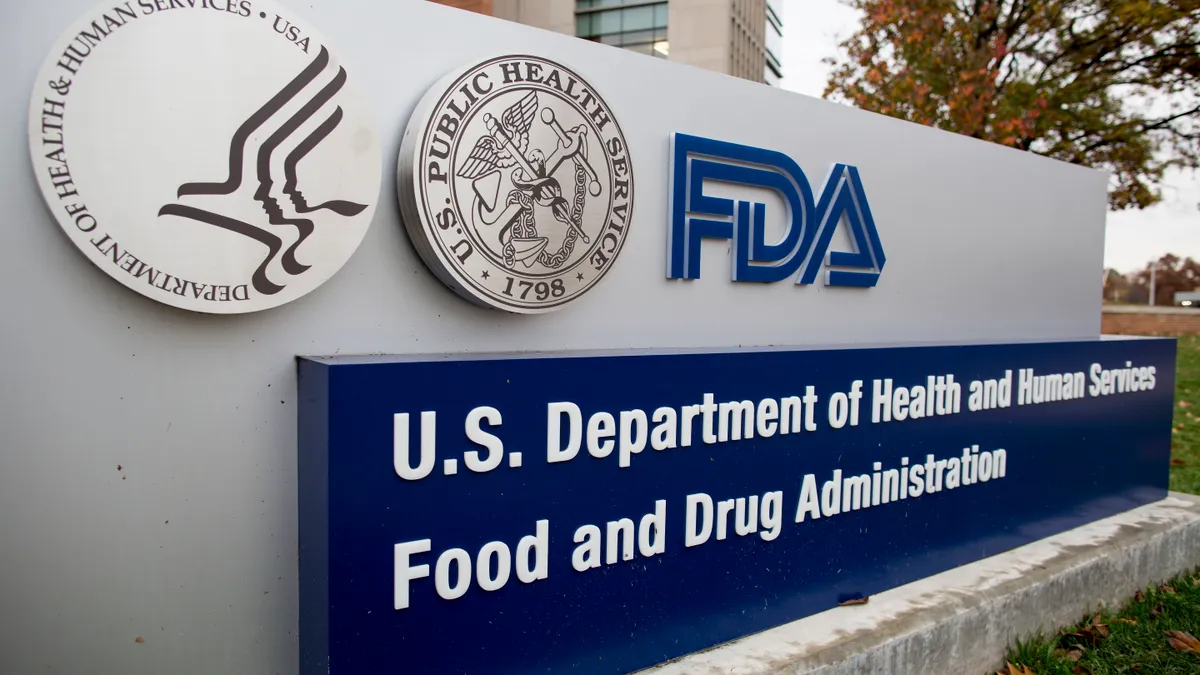Dive Brief:
-
The FDA is planning to update its guidance on its Special 510(k) program used by companies that want to make changes to their own devices.
-
If enacted, the update will add design and labeling revisions to the list of changes that are eligible for the truncated regulatory pathway.
-
The FDA is seeking feedback on this planned expansion of the 510(k) program and its efforts to clarify the existing program.
Dive Insight:
The FDA introduced the Special 510(k) program in 1998 to streamline the review process for minor changes to medical devices.
Under the program, manufacturers can request clearance for changes to their own legally-marketed devices through filings that declare conformance to design controls but lack corroborating data.
The FDA aims to review these filings within 30 days. Under its MDUFA performance goals, the FDA aims to handle conventional 510(k) filings within 90 days.
Use of the pathway has fallen, though. In 2003, the FDA cleared more than 800 applications made via the special pathway. By last year, the figure had fallen to 482. Use of the special program began trending downward after the peak of 2003. That trend accelerated after the FDA introduced its 'refuse to accept' checklists late in 2012.
Now, the FDA is rethinking and clarifying the rules of the pathway to try to improve the efficiency of the 510(k) review process. The changes detailed in the FDA’s draft guidance could increase use of the special 510(k) program by opening it up to a wider range of changes.
Notably, the FDA is proposing to allow certain changes to indications for use to be reviewed under special 510(k) filings as part of regulatory revisions that expand the program to cover design and labeling amendments.
Certain limitations will apply to the use of the program in these contexts. In most cases, changes that require supportive performance data will be ineligible for the program.
The exception is if the change can be evaluated using well-established methods and the performance data needed to show substantial equivalence can be reviewed in "a summary or risk analysis format."
The FDA is accepting feedback on the draft guidance until November 27.










